66% of United States households have a pet. Your furry friend brings you plenty of joy and enjoyment, but that doesn’t mean pet ownership doesn’t come without its fair share of challenges.
One of the most unpleasant parts of being a pet parent is cleaning up after your canine companion. Scooping stinky puppy poos probably isn’t how you envision spending your afternoons, especially if those chocolatey surprises end up on your carpet instead of your lawn.
At a Glance: Tips for Potty Training
- Supervision is Critical
- Keep Their Potty Area Clean
- Take Your Pup Out Often
- Use Crate Training as an Aid to House Training
- Practice Positive Reinforcement
- Recognize When Your Puppy Needs to Go Out
Keep reading to learn the best methods for potty training your pup!
See Related: The Most Common Causes Of Diarrhea In Dogs And How To Fix Them
Toilet Training Steps
House training a puppy takes a great deal of patience, commitment, and determination. It might involve a few accidents and carpet or couch stains, but it’ll save you a lot of heartache in the long run.
The key to toilet training lies in consistency. It’s important to maintain a schedule and routine so that your canine companion can quickly learn what constitutes a potty area and what doesn’t.
When you notice that your pup might be ready to relieve themselves, follow these steps:
- Take them to a designated potty place. Ideally, this would be a fluffy patch of grass outdoors. Try to take them to the same spot every time to establish a consistent routine.
- Use verbal cues when they start to go to the bathroom, like the word “potty.” Your dog will associate these cues with the correct behavior.
- Reward them as soon as they’re finished. Positive reinforcement is key when you potty train a puppy or adult dog. Give them plenty of praise, treats, and play toys!
- Hang around outside for a few extra minutes before heading indoors. This will prevent your pup from learning that the end of potty time means the end of outdoor time. Otherwise, they might start to hold onto the last possible moment before relieving themselves.
If you notice your canine trying to relieve themselves in an incorrect place, call their name and encourage them to walk to you. Don’t punish them and praise them when they make it to the right spot!
Tips For Potty Training Your Puppy
#1. Supervision is Critical
When you first bring your new pet home, they’ll likely be excited to explore every nook and cranny of your house. But that’s a surefire way to set them up to fail when it comes to house training. Too much freedom can hinder the potty training process.
Keep your puppy’s world small, and don’t let them run wild without supervision. It’ll overwhelm them, and you’ll be likely to find a few pee stains throughout your home. Slowly expand the areas your new furry friend can explore over time as they grow and develop.
#2. Keep Their Potty Area Clean
27% of dog owners say that the biggest challenge associated with pet parenting is cleaning up after them. Though scooping dog waste isn’t the most glamorous job, it’s an essential part of pet ownership.
A key part of house training is having a designated outdoor potty area. This patch of grass will be your dog’s go-to spot for relieving themselves. Over time, they’ll start to associate this place with dropping a deuce.
Try to keep this potty place as clean as possible. This will make your frequent trips outside more comfortable for both you and your canine companion. However, many pet parents find that keeping up with the mess can get overwhelming. That’s when it would be a great idea to book a team of poop-scooping pros to take care of pet waste management for you.
Bonus: How To Trim Your Dog’s Nails So They Don’t Freak Out
#3. Take Your Pup Out Often
Dogs don’t have full bladder capacity until they reach one year of age. If you’re potty training a puppy, you’ll need to take them out pretty often. For puppies under 12 weeks, you’ll need to give them a chance to relieve themselves every one to two hours.
If you’re potty training your furry friend, give them plenty of opportunities to go to the bathroom. Very young puppies don’t have full control of their bladder, and accidents are bound to happen. Make it a habit to take them outside after sleeping, playing, eating, or drinking so that they can let it all out.
#4. Use Crate Training as an Aid to House Training
Dogs are den animals, and they love having a cozy corner to call home. Crate training is a great way to help your furry friend feel safe and comfortable.
Make sure you get your furry friend a crate that they feel 100% comfortable in in order to prevent accidents. Dogs don’t like to defecate where they eat and sleep (and we don’t blame them.) Try not to use the crate for punishment, either. Only use it when you can’t keep a close watch on your pup and for bedtimes or naps.
When picking out a crate, find a kennel that gives your canine companion enough room to stand up, turn around, and lay down with ease. If you have a growing puppy, keep in mind they might outgrow their crate at some point.
#5. Practice Positive Reinforcement
Positive reinforcement is the foundation of potty training. This is how you’ll show your pup that going to the bathroom outside is the right thing to do!
Remember — be sure to exercise lots of patience and understanding when house training your furry friend. Reacting with anger or frustration can stress them out and set them back in the learning process.
Every time your pup eliminates outside in the proper potty spot, reward them with a lot of positivity. Shower them with verbal praise, treats, or their favorite toys. This will make them associate going potty outdoors with a positive experience, which is essential when puppy potty training.
#6. Recognize When Your Puppy Needs to Go Out
As we said, constant supervision is a cornerstone of potty training. A big part of this is recognizing the signs that your furry friend needs to go to the bathroom. Pay attention and learn the cues or signals that indicate your pup is ready to relieve themselves.
Look out for these signs, and try taking your dog to their designated bathroom spot if you see them:
- Sniffing around
- Walking in circles before squatting
- Fidgeting
- Wandering off
- Whining
- Sitting by the door
What to Do if There’s an Accident
It’s important to always stay positive and understanding. Don’t ever react to potty accidents with anger or frustration. Often, dogs won’t associate punishment with an accident and will just become scared or confused.
The first thing you should do is clean the area with pet-friendly cleaning products and warm water. Thoroughly clean your carpet to remove the odor, which will reduce the chance of your furry friend using this spot again.
If accidents are a consistent issue, try to consider the reasons why your canine companion is defecating indoors. Lack of training is a primary reason why puppies will take a potty break where they’re not supposed to. But if your fully house-trained canine is having accidents indoors, it might be an indication of something more.
If you’re concerned about the implications of your dog’s toileting indoors, consult your vet for an expert opinion.
Final Thoughts
Potty training is one of the most challenging tasks for new puppy owners, but it’s necessary nonetheless! Be sure to treat your furry friend with patience and understanding, and you both will reap the rewards.
Keep Reading: How Often Should You Bathe Your Dog?
—
Scoop Masters offers professional dog waste removal services in California, Texas, Florida, and Tennessee. Since 1988, we’ve saved dog owners across the country from the overly unpleasant task of picking up after their pets. Each poopy project we complete gives them the freedom, convenience, and sanitation they deserve! Contact us for a free quote, or simply stock up on enough dog poop bags to keep your pet’s number twos at bay. To stay in the loop, follow up on Facebook and Twitter/X. If your dog can poop it, we can scoop it!

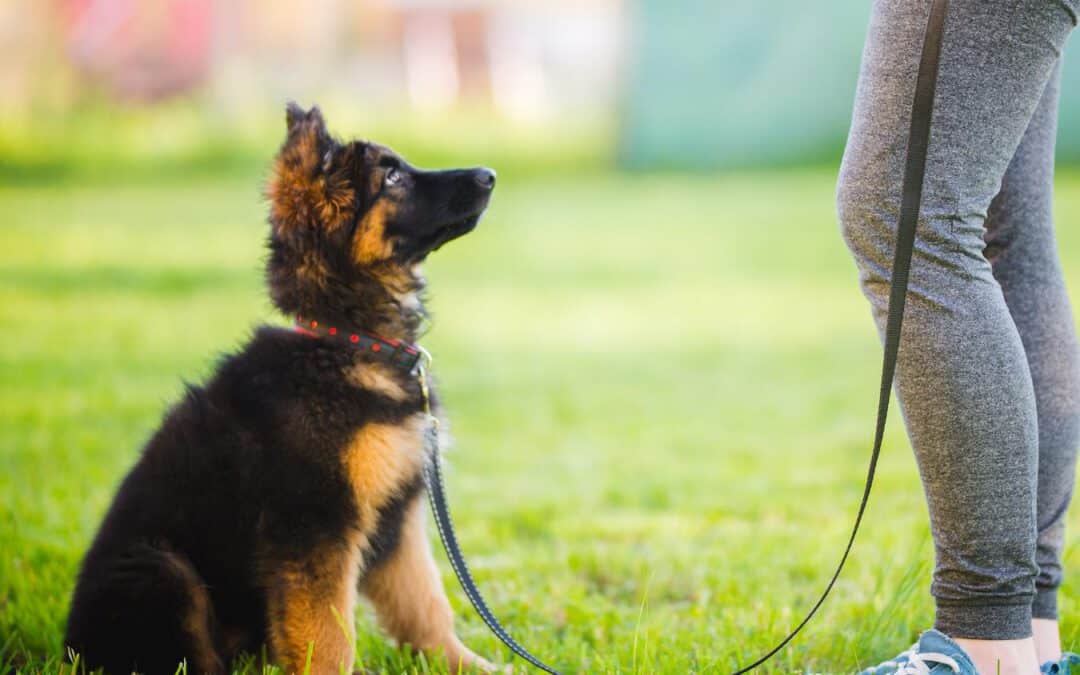
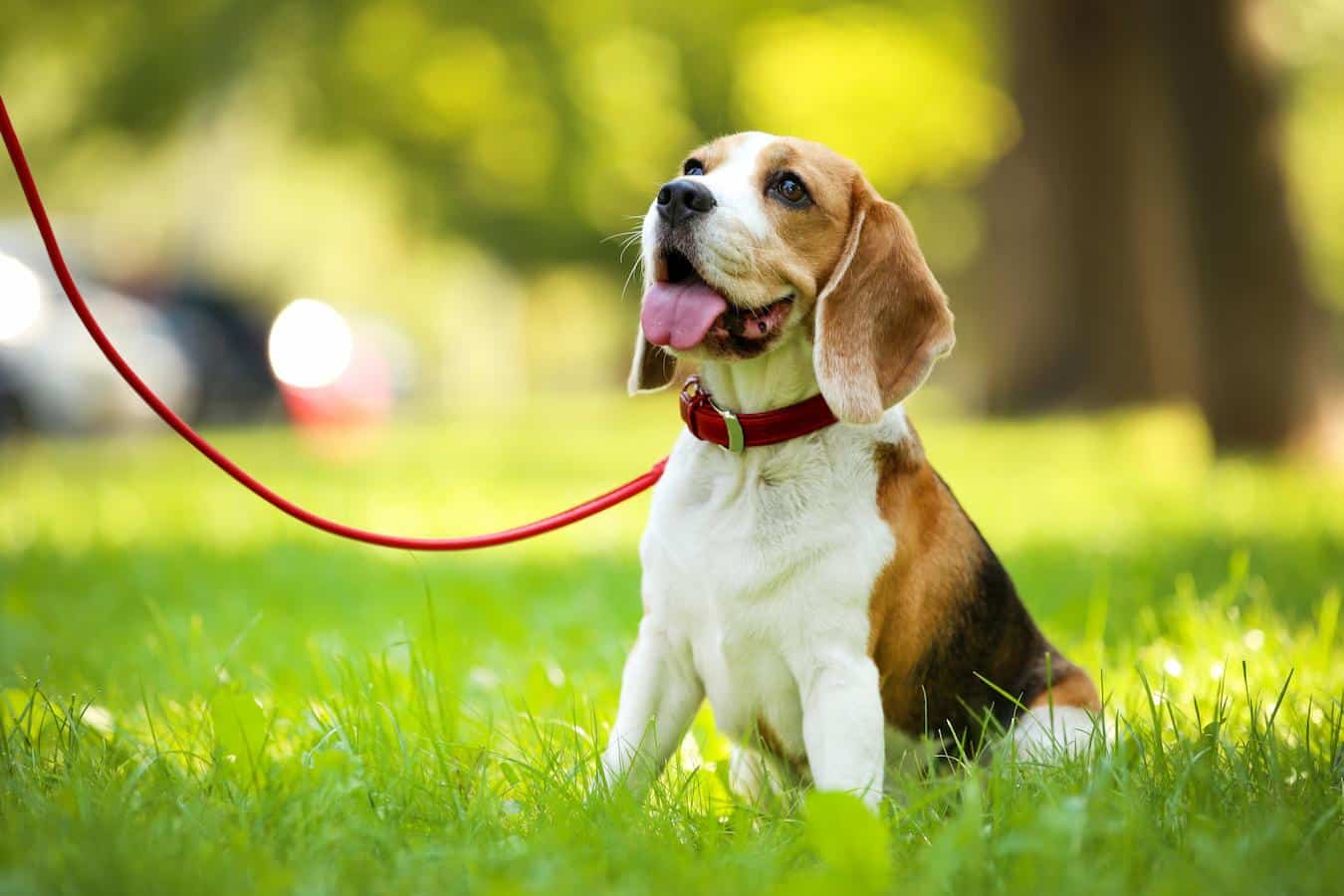
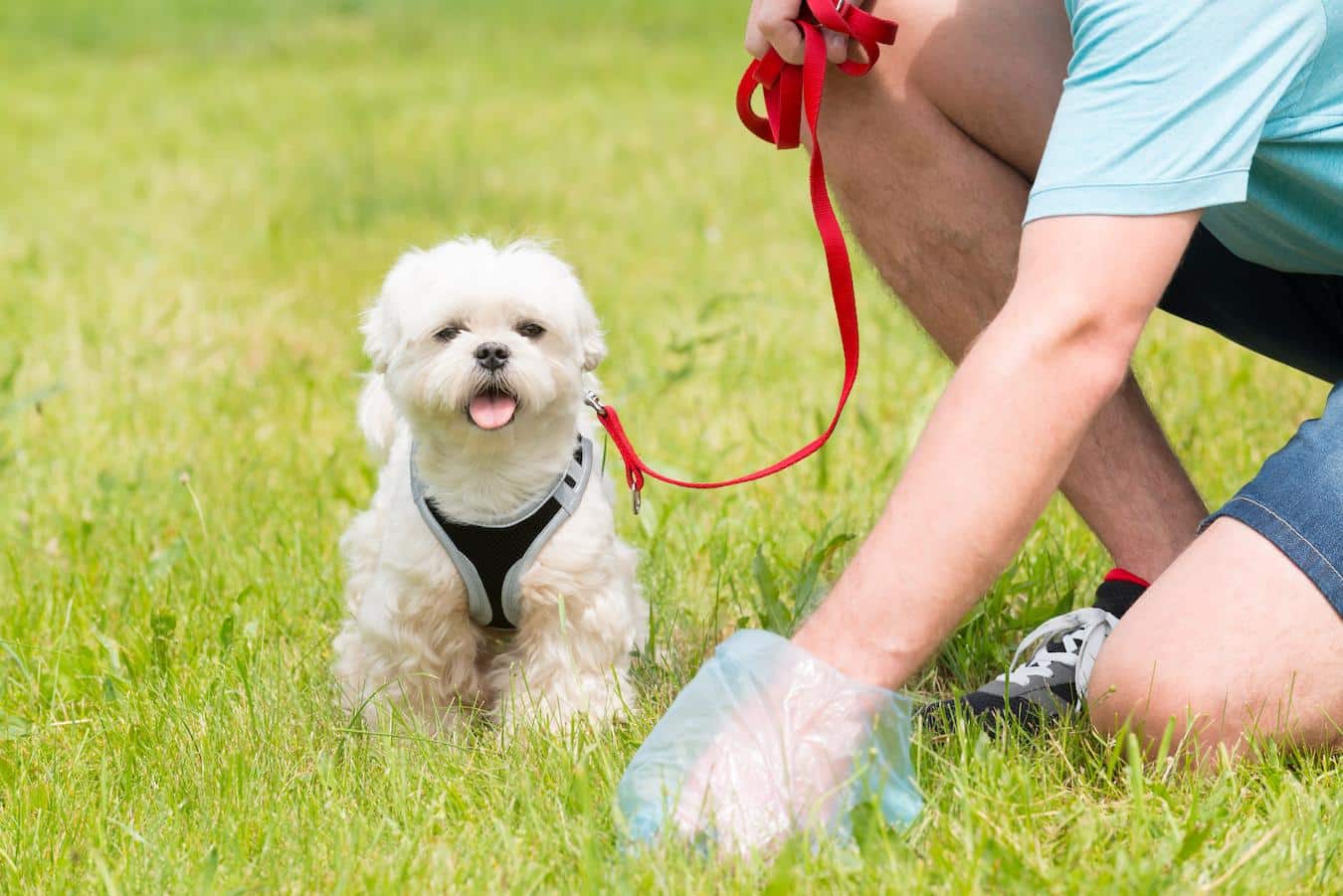
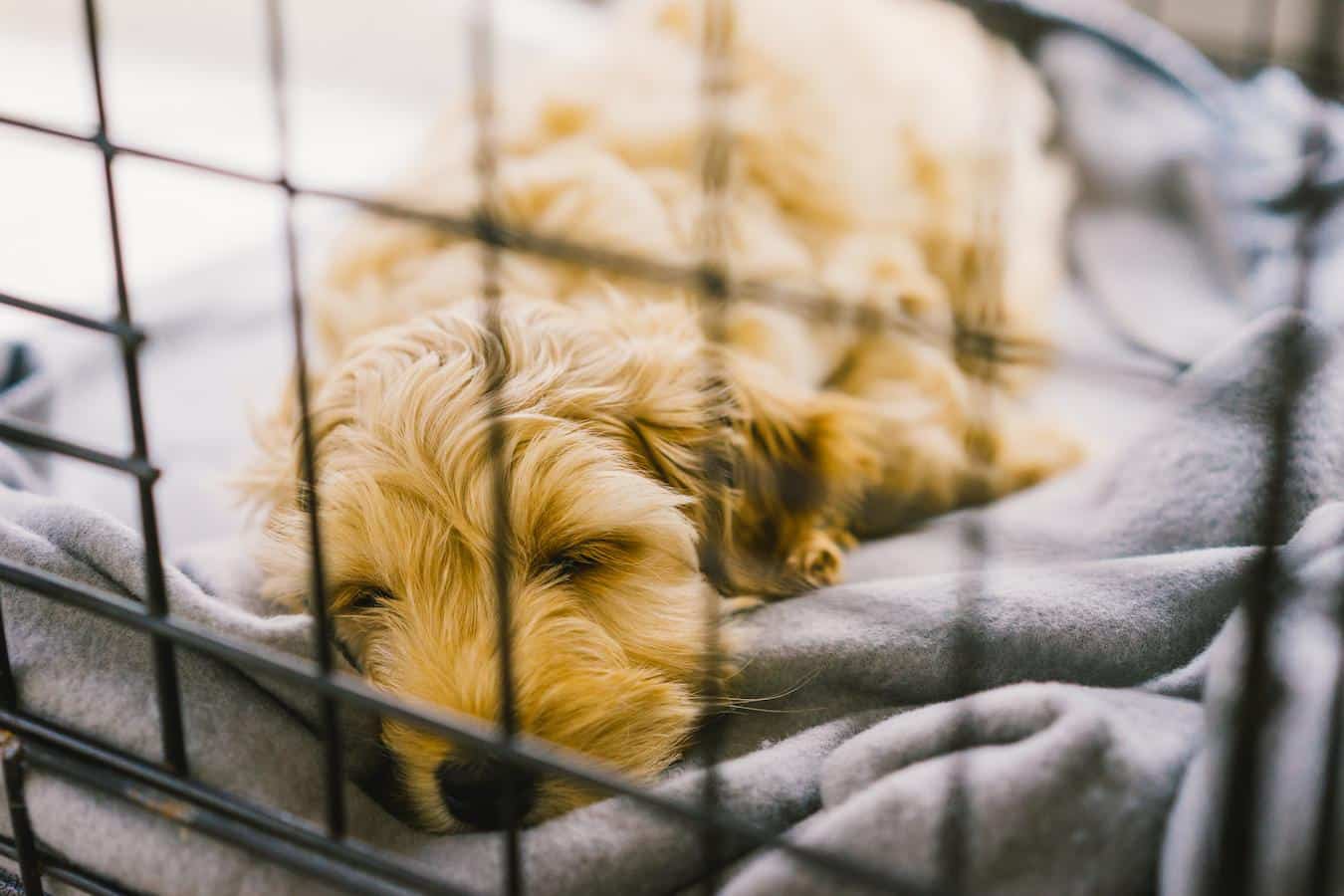
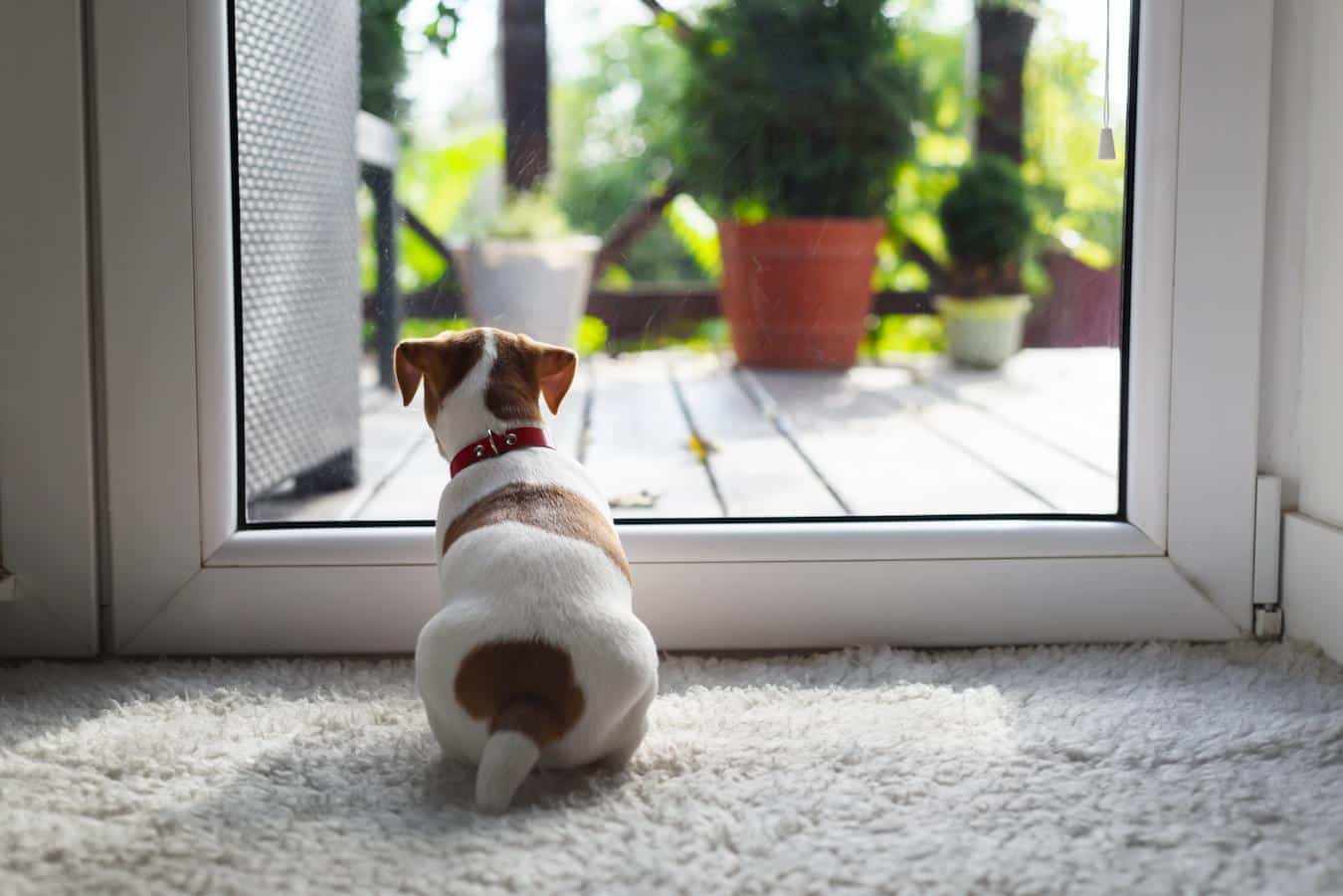
Trackbacks/Pingbacks